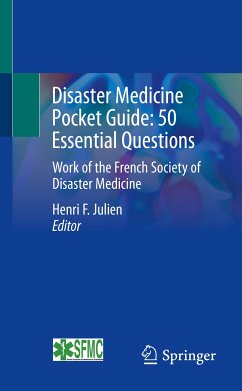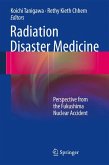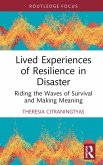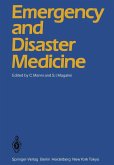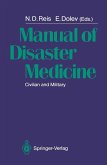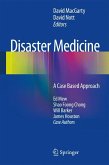A very handy practical book written by French doctors specialised in disaster medicine, this guide offers their core experience condensed in 50 small, easily digestible chapters. Each chapter is designed to enable the reader to "know", "understand", and learn what to "do" in the concerned situation, ensuring the crucial information is easily on hand and available.
Facing disasters, whether natural or man-made, technological or social, what are the risks and the consequences of such hazards on victims? What kind of care to provide? How to get organised, to have the appropriate resources, and to protect oneself as a responder?
The French emergency and healthcare preparedness has followed a unique path. The responding medical doctors have followed in the footsteps of Dominique Larrey, a military surgeon and the father of emergency medicine. For him, the on-scene presence of doctors is paramount to organise the entire healthcare and emergency response, an innovative method that has proven its efficacy.
This book is intended for all healthcare and emergency staff, doctors, paramedics or first aiders in ambulances or in emergency services who might come to deal with a massive influx of injured, poisoned, or traumatised victims. The management of multiple concomitant emergencies requires specific know-how and skills.
May this guide contribute to the dissemination of a validated French know-how and thus to save lives and alleviate suffering.
Dieser Download kann aus rechtlichen Gründen nur mit Rechnungsadresse in A, B, BG, CY, CZ, D, DK, EW, E, FIN, F, GR, HR, H, IRL, I, LT, L, LR, M, NL, PL, P, R, S, SLO, SK ausgeliefert werden.

